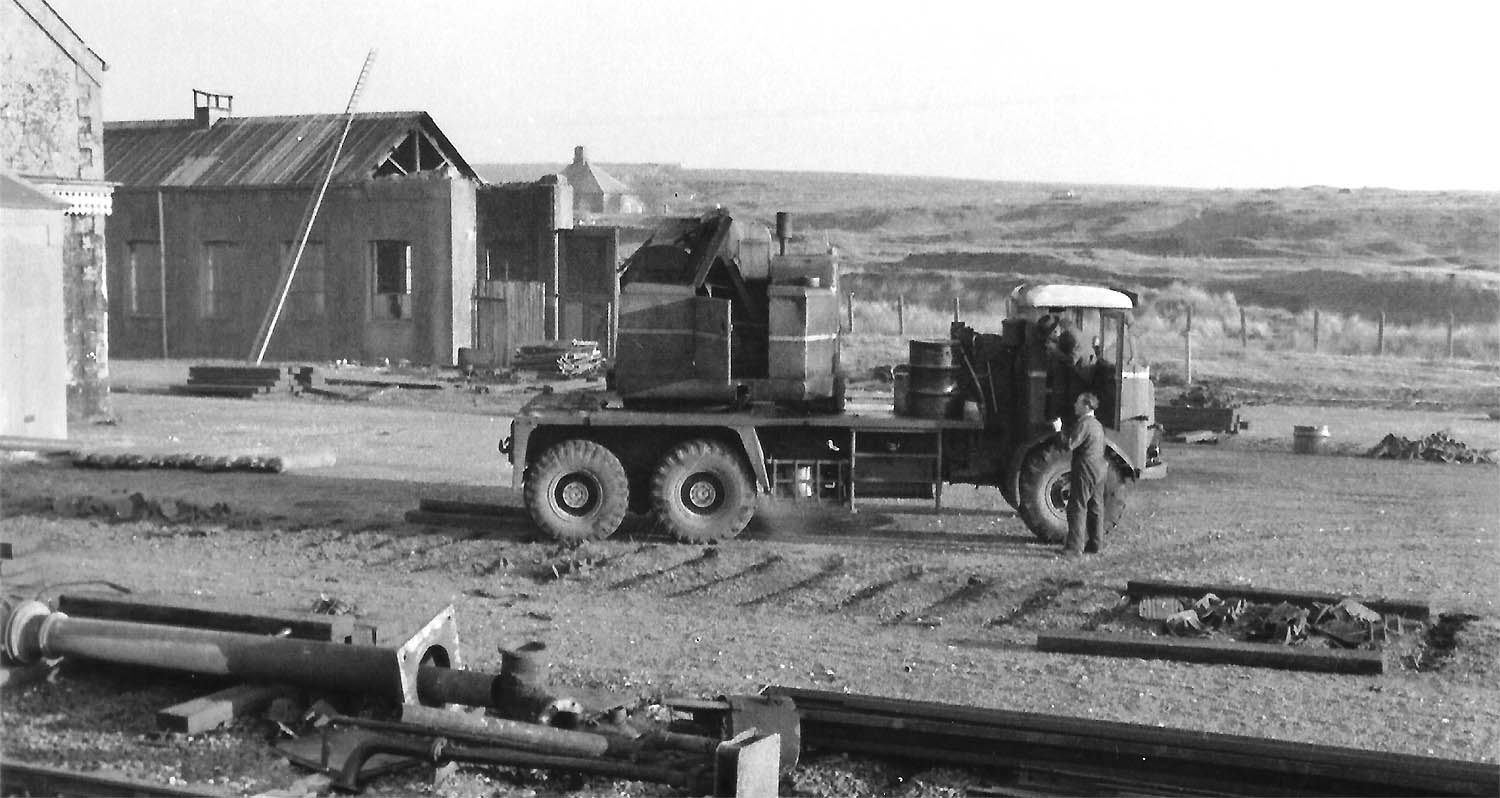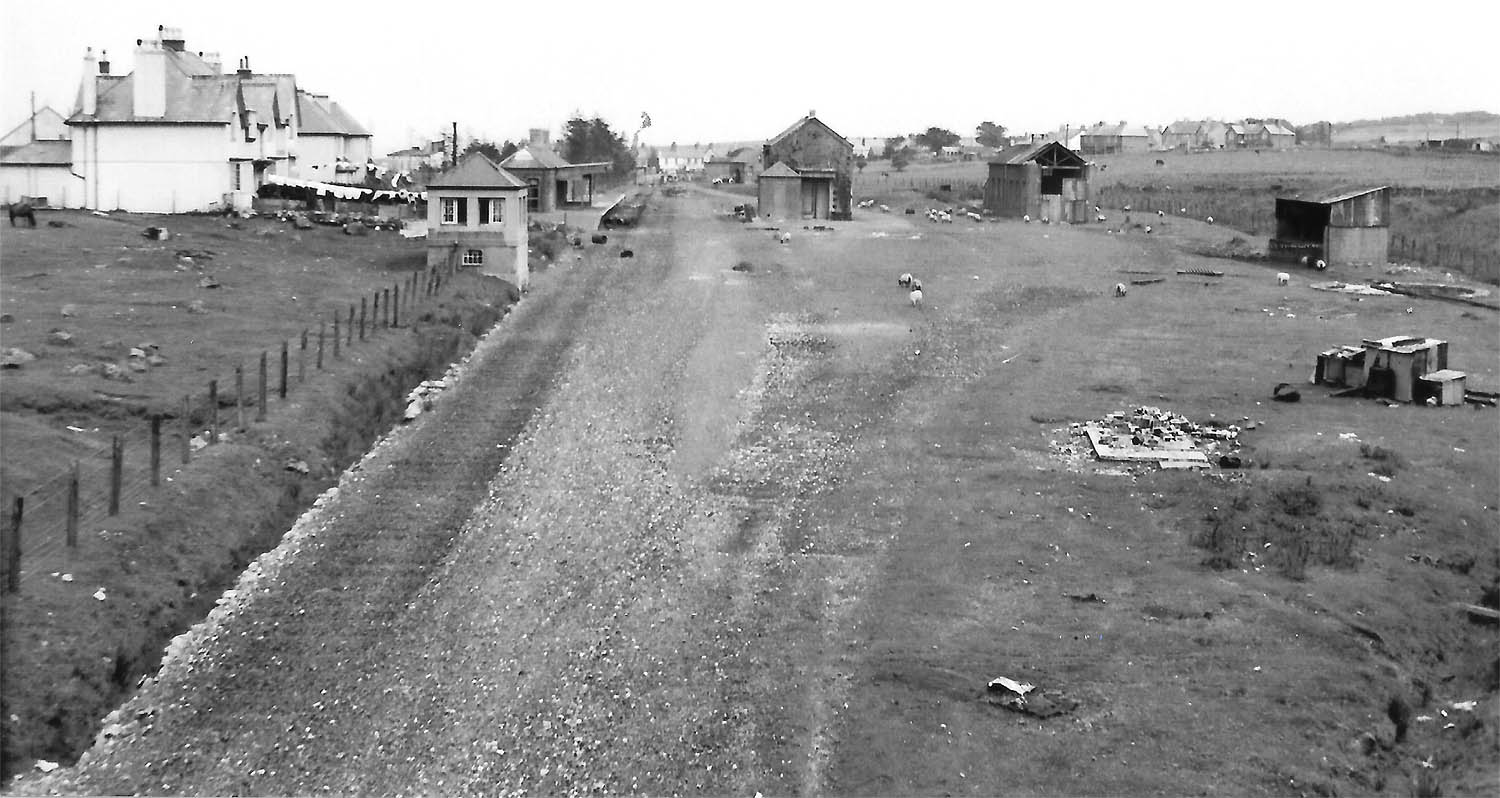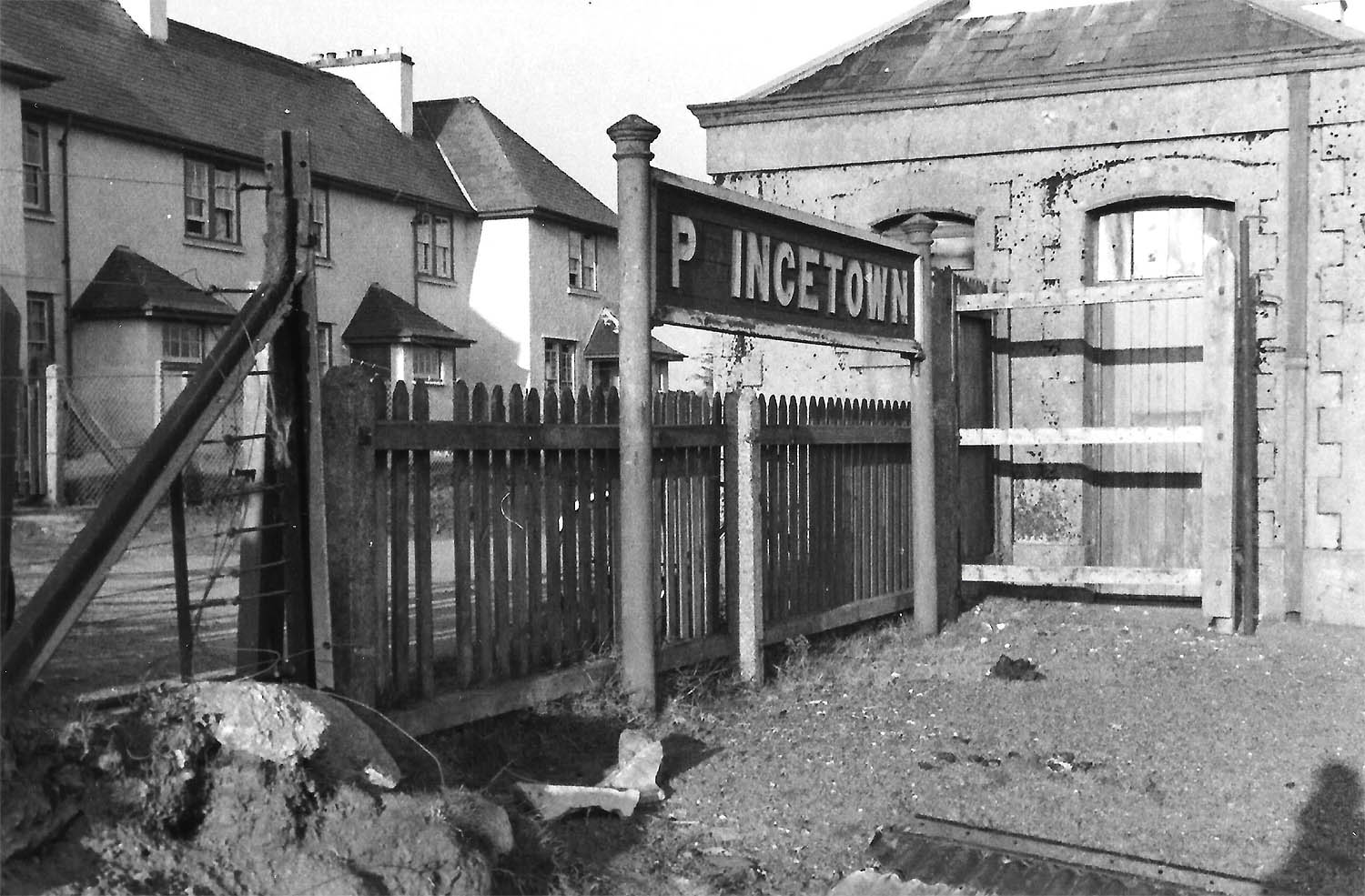Track removal commenced at Princetown in October 1956, extending to Yelverton by the following March. The meticulous dismantling of the Princetown branch had begun, with workmen swiftly transforming the station. Partitions were torn down, fences dismantled, and windows boarded up with repurposed wood, casting an aura of decay well. By October 1960, Princetown Station succumbed to demolition after years of contentious deliberation over its fate, contrasting with the salvation of Dousland Station, repurposed as a private residence in 1959.
Yelverton’s branch platform endured until the closure of the Plymouth-Tavistock-Launceston line in 1962.
In the years following closure, the railway underwent a gradual revival of sorts. The stretch between Princetown and Ingra Tor metamorphosed into the revered ‘Tyrwhitt Trail‘, a testament to the resilience of nature reclaiming its own. Subsequent demolition in 1964 at Dousland saw the removal of the Peek Hill bridge during road expansion, while a decade later, the void between Peek Hill and Lowery Crossing was filled with spoil from Dousland’s water filtration plant extension in 1977. Fast forward to 2015, and a bridge reincarnation at Peek Hill marked a milestone in Dartmoor’s rejuvenation. Costing £350,000, the bridge became a linchpin in the ‘Granite and Gears’ project, enhancing accessibility for pedestrians and cyclists, weaving a continuous trail from Princetown to Burrator Reservoir.
15 October 1956 – Track removal started at Princetown



13 November 1956 – Started at King Tor
26 November 1956 – Started at Swelltor
05 December 1956 – Started at Ingra Tor
05 February 1957 – Started at Lowery Crossing
18 February 1957 – Started at Burrator Halt
28 February 1957 – Started at Prowses Crossing
07/08 March 1957 – Started at Dousland Station
28 March 1957 – Started at Yelverton (Princetown branch)
